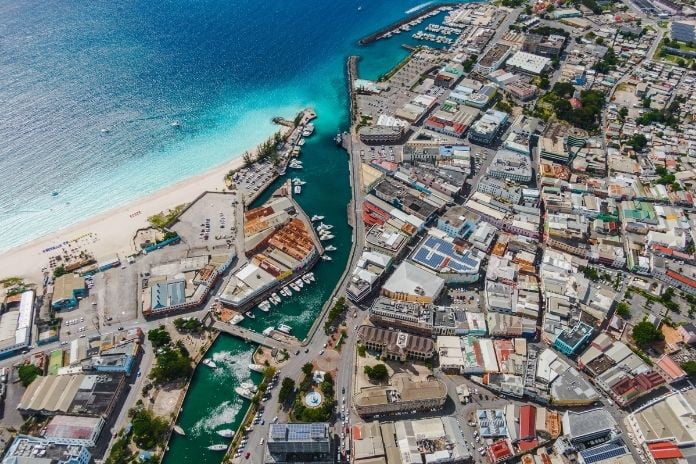
There’s a wealth of incredible architecture to explore in the Caribbean, but no real unifying themes. Each island has its own identity. Which countries influenced Caribbean architecture? It all goes back to the early days of colonization—and mixes in a big dose of native charm. Here’s a quick overview of what you can expect while sightseeing on a few of the islands.
The British Decorum of Barbados
There are countless cultures that melded into the rich traditions that exist today. Across the Caribbean, islands were colonized by countries including Spain, the Netherlands, France, and the United States. In Barbados, though, the architecture is distinctly British. You can still see examples of the classical Georgian and Victorian styles in the “great houses” of sugar plantations. They’re characterized by the sense of symmetry and order they tried to bring to Barbados, with rich touches like columns, mahogany, and the island’s own coral limestone. The mansions stand in stark contrast to the last remaining “chattel houses,” the humble wooden housing that slaves would pack up and move from plantation to plantation.
The Vivid Dutch Impact on Aruba
If you notice colorful, pastel-painted buildings of Oranjestad, you can thank the ornate style of early settlers from the Netherlands. Today, the Dutch Colonial Revival style is still popular, with barn-like gambrel roofs and second-story balconies. One exquisite example of ornate Dutch architecture is the bright-green City Hall with its stunning white trim. It was built in the 1920s by a wealthy doctor and restored in 1998. Or if you’re looking for a more literal reference to the Dutch, you can visit De Olde Molen. It’s a traditional windmill that was built in the Netherlands in 1804. In 1961, it was shipped to Aruba in pieces and rebuilt as a restaurant near popular Palm Beach.
The French Flair of Martinique
One unmistakable influence on Caribbean architecture was the colonizing country of France.On Martinique, the capital city of Fort de France is full of historic buildings dating back to the start of the 19th century. One must-see is the Schoelcher Library, which manages to pay tribute both to the island’s French flavor and the slave labor that erected so much of Martinique. It’s named after Victor Schoelcher, a French activist who worked to abolish slavery in the 1800s. The library is vividly bright, with elegant metalwork and a magnificent Byzantine glass dome. About six miles away, you can see a smaller version of Paris’s Byzantine-style Sacre Coeur on a hillside with breathtaking views.





























